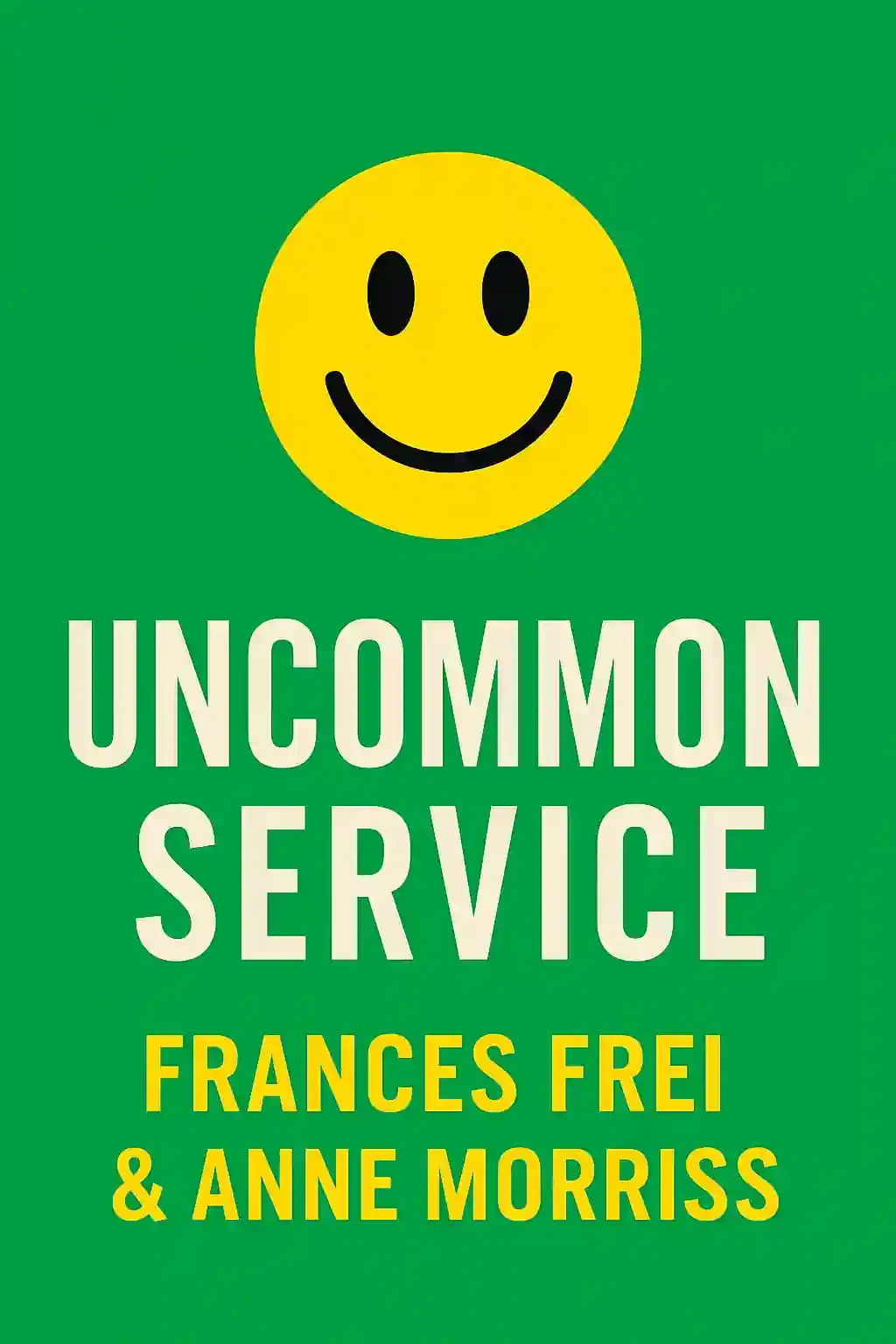What is
Disney U by Doug Lipp about?
Disney U reveals the leadership and training philosophies behind Disney’s iconic customer service culture. Doug Lipp explores how Disney University, founded by Van France in 1955, transformed employee engagement through 13 timeless lessons on leadership, organizational excellence, and brand loyalty. The book blends behind-the-scenes stories from Disney legends with actionable strategies for fostering innovation and employee satisfaction.
Who should read
Disney U?
This book is ideal for leaders, HR professionals, and managers seeking to build customer-centric cultures. Entrepreneurs, hospitality industry veterans, and Disney enthusiasts will also gain insights into balancing operational efficiency with employee empowerment. Lipp’s principles apply to any organization aiming to replicate Disney’s success in employee training and brand consistency.
Is
Disney U worth reading?
Yes, for its actionable lessons on leadership and culture. Lipp combines historical anecdotes (e.g., Tokyo Disneyland’s launch) with frameworks like “Simplify the Complex” and “Work Hard, Play Hard.” The book’s 13 principles, such as fostering global communication and continuous improvement (“plussing the show”), offer tangible strategies for sustaining long-term success.
What are the key concepts in
Disney U?
- Four Circumstances of Disney University: Vision, alignment, consistency, and leadership.
- Balancing art and science: Emotional engagement meets operational precision.
- “Walk the Park”: Leaders observing frontline operations to gather insights.
- Culture of happiness: Prioritizing employee satisfaction to drive customer loyalty.
How does
Disney U compare to other leadership books?
Unlike generic business guides, Disney U focuses on real-world applications of Disney’s decades-tested methods. While books like Leaders Eat Last address broader leadership ethics, Lipp’s work details specific training tactics, such as orientation strategies and executive development programs, validated by Disney’s global brand success.
What criticisms exist about
Disney U?
Some critics note the book’s heavy reliance on Disney-specific examples, which may require adaptation for non-hospitality industries. Others highlight that smaller organizations might struggle to replicate Disney’s resource-intensive training programs. However, Lipp counters by emphasizing scalable principles like “Simplify the Complex”.
How does
Disney U address global workforce challenges?
Lipp details Disney’s approach to cross-cultural communication, exemplified by Tokyo Disneyland’s launch. Lessons include adapting core values locally while maintaining brand consistency and fostering “global-minded” leaders through executive development programs.
What quotes from
Disney U are most impactful?
- “Capture hearts and minds”: Prioritizing emotional connections over rigid policies.
- “The honeymoon will end”: Preparing for cultural shifts during organizational growth.
- “Keep plussing the show”: Continuously improving processes without excuses.
How does
Disney U recommend handling organizational change?
Lipp advocates for proactive adaptation, illustrated by Disney’s response to post-Walt leadership transitions. Key strategies include transparent communication, aligning new initiatives with core values, and empowering employees to drive innovation.
Why is
Disney U relevant in 2025?
As companies grapple with remote work and AI integration, Lipp’s emphasis on human-centric leadership remains vital. The book’s lessons on fostering resilience, cross-cultural collaboration, and employee engagement align with modern challenges like hybrid team management and automation.
What role does Disney University play in the book?
Disney University is portrayed as the engine behind Disney’s culture, training over 400,000 employees globally. Lipp highlights its evolution from basic orientation to advanced leadership development, ensuring alignment with Walt’s original vision while adapting to technological advancements.
How can businesses apply
Disney U principles today?
- Prioritize frontline feedback: Implement “Walk the Park” observational audits.
- Simplify complex processes: Break down silos for clearer communication.
- Celebrate employee contributions: Reinforce a culture of recognition and growth.














